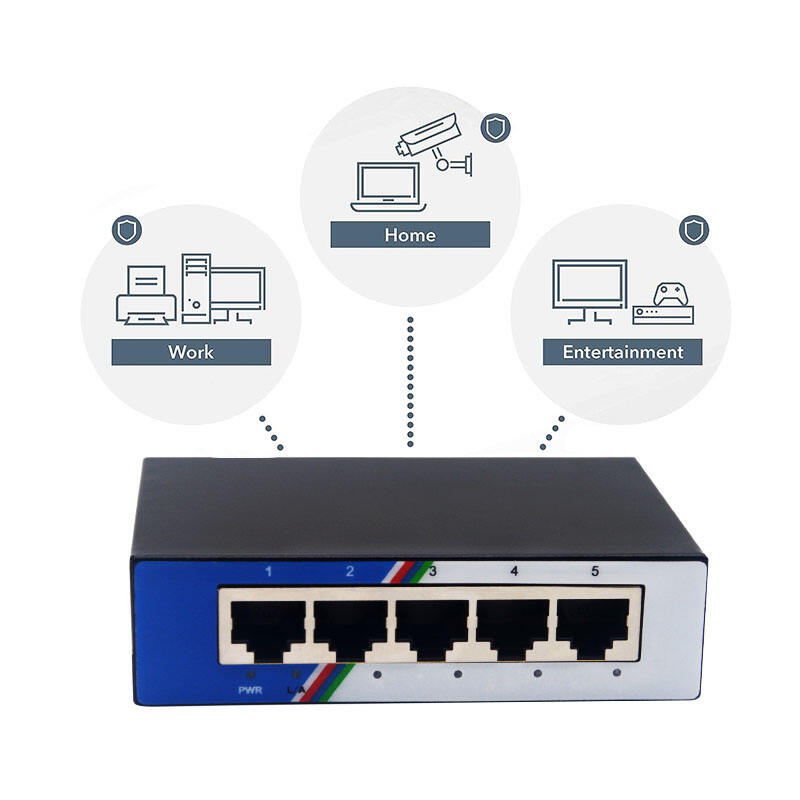
A 10G network switch has been built to handle data transfer rates of up to 10 gigabits per second. They are extremely important in high-performance network environments that require large amounts of data to be transferred within a short period of time. 10G network switches are found in data centers where they link servers, storage devices, and other components in the network. These switches can accommodate the steep bandwidth requirements of cloud computing, virtualization, and even high definition video streaming. In an enterprise network, 10G network switches can also facilitate an upgrade of the backbone network by providing quicker interconnectivity between building-level switches, thus promoting faster data transfer across the whole enterprise network
